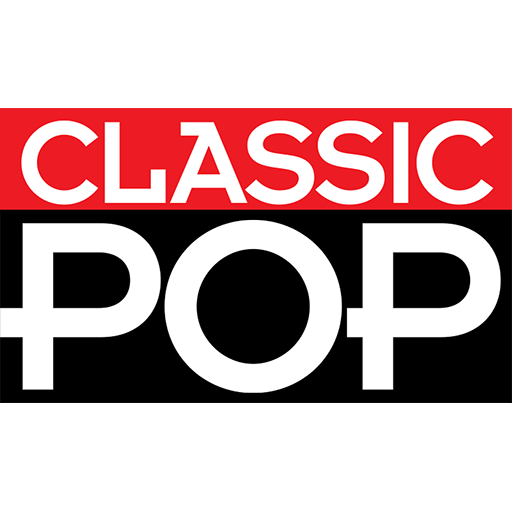Following up a successful debut album has been problematic for various artists and bands over the years, as our rundown proves
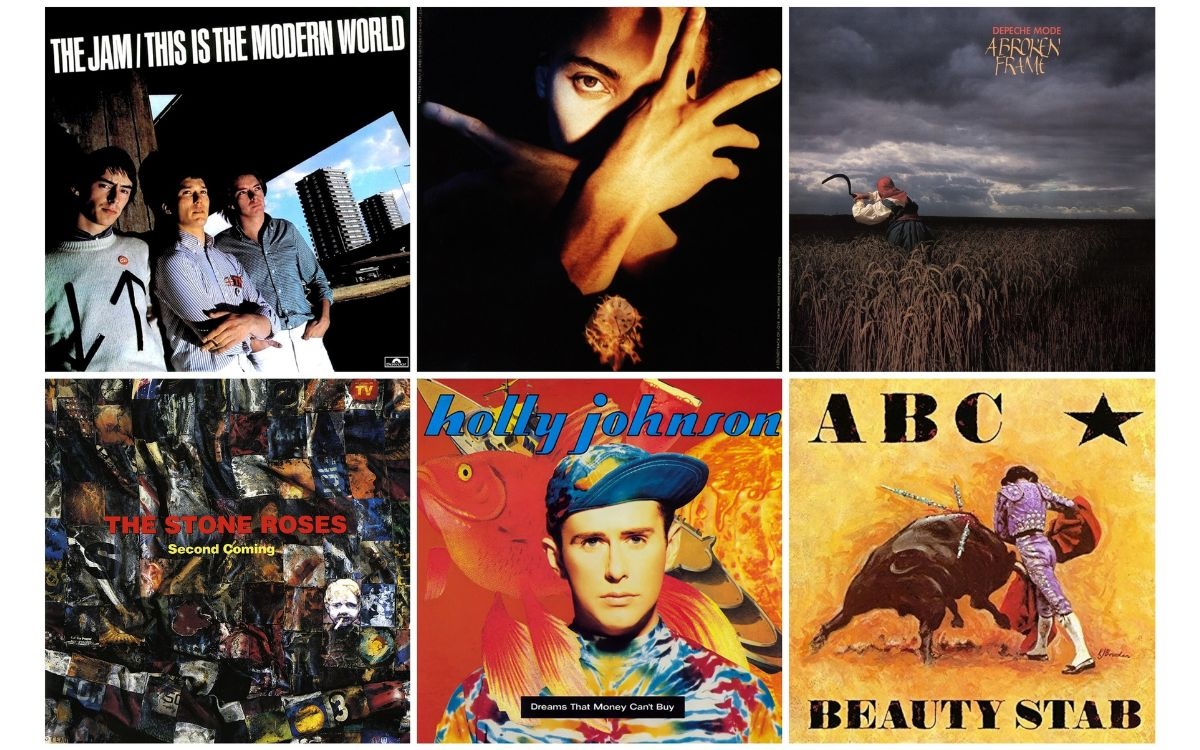
In music industry circles there’s a saying that you have a lifetime to write your first record, but only 12 months to write your second album.
It’s a cliché, of course, and the truth is that a paucity of new material is just one reason that some acts have struggled to follow up a stellar debut. The weight of expectation can be burdensome, while internal frictions and the loss of key members can be other major obstacles to overcome. Here, then, are 20 examples of the so-called ‘second album syndrome’, or in some cases the dreaded sophomore slump.
Words By Barry Page
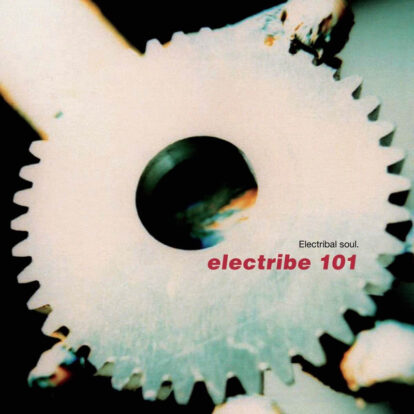
20 Electribe 101 – Electribal Soul (1991)
Fronted by Billie Ray Martin, Electribe 101 scored a brace of UK hits spun from debut album Electribal Memories, and landed a profile-boosting support slot on Depeche Mode’s World Violation Tour, but success was fleeting for the soulful dance act. After parting with their manager – a man who’d bizarrely questioned Chris Lowe’s worth in Pet Shop Boys – the group were dropped by their label, leaving their second LP to languish in perpetuity. Happily, it was eventually released to acclaim in 2022, following a restoration job.
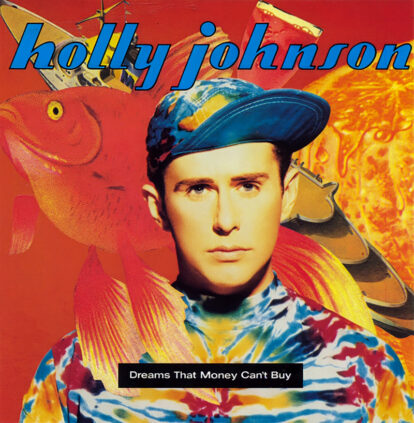
19 Holly Johnson – Dreams That Money Can’t Buy (1991)
Having been extricated from his ZTT contract, Holly Johnson returned with the UK No.1 Blast album and its attendant hit singles Love Train and Americanos but its follow-up was a commercial disaster and failed to chart. Dreams That Money Can’t Buy certainly had its moments – notably the Kirsty MacColl-assisted Boyfriend ’65– but critics didn’t respond favourably to the bland and unimaginative dance-pop on offer, and some questionable singles choices sealed its fate.
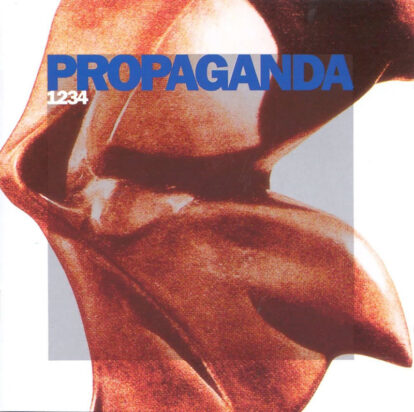
18 Propaganda – 1234 (1990)
Following the departure of Claudia Brücken and a lengthy legal battle, Propaganda returned in 1990 with a new lineup fronted by singer Betsi Miller. The lead single from second LP Heaven Give Me Words gave them a minor hit, but with their gnarly edges largely smoothed out, only Ministry Of Fear – with Susanne Freytag in a guest vocal role – hinted at former glories. “I’m happy about the results and I stand by it,” a defiant Michael Mertens told Classic Pop. “And Betsi should have gotten more recognition than she did.”
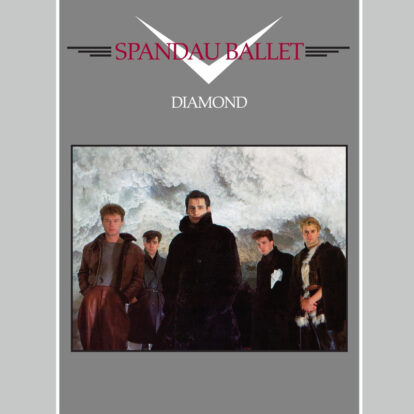
17 Spandau Ballet – Diamond (1982)
Capturing the Britfunk zeitgeist, singles Chant No.1 (I Don’t Need This Pressure On) and Paint Me Down had kept up Spandau’s chart momentum, but songwriter Gary Kemp had hit a creative impasse, and a desire to mix jazz-funk tracks with more esoteric pieces led to a disjointed second album, leaving Chrysalis bigwigs stony-faced. Tony Hadley hated it and had clashed with producer Richard James Burgess, but jumped at the chance to record a new vocal for a Trevor Horn revamp of Instinction, restoring their fortunes.
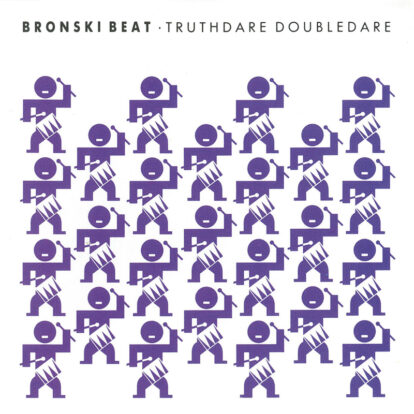
16 Bronski Beat – Truthdare Doubledare (1986)
Replacing a frontman after just one album can be a tough ask (see also Haircut One Hundred and Johnny Hates Jazz), but in the wake of Jimmy Somerville’s exit, the remaining duo of Steve Bronski and Larry Steinbachek rose to the challenge. Hiring friend John Foster paid off with the Hi-NRG sounds of Hit That Perfect Beatand the Caribbean feel of C’mon! C’mon!, but its parent LP would fail to match the success of its predecessor, as their erstwhile singer’s career went from strength to strength.
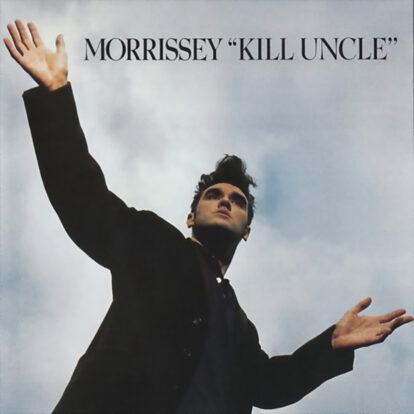
15 Morrissey – Kill Uncle (1991)
Featuring minor hits Our Frank and Sing Your Life, Morrissey’s much-maligned second LP arrived three years after his debut, the gap plugged by standalone singles and the compilation Bona Drag, by which time the singer had a new foil in Fairground Attraction guitarist Mark Nevin. Ever the revisionist, Morrissey oversaw a reconfigured 2013 reissue and slipped it into a different sleeve, but even he conceded its lowly artistic worth. “It will always be the orphaned imp that nobody wants,” he quipped in his memoir.

14 Boy George – Tense Nervous Headache (1988)
With Culture Club splitting after fourth LP From Luxury To Heartache, Boy George went solo in 1987, topping the charts with a cover of David Gates’ Everything I Own. Sadly, follow-up album Sold lacked direction and was withdrawn after the failure of lead single Don’t Cry, and Virgin instead green-lit the Boyfriend album, featuring tracks George had initially rejected. “Tense Nervous Headache was self-indulgent, scatterbrained, and painfully out of touch,” he wrote in his autobiography.
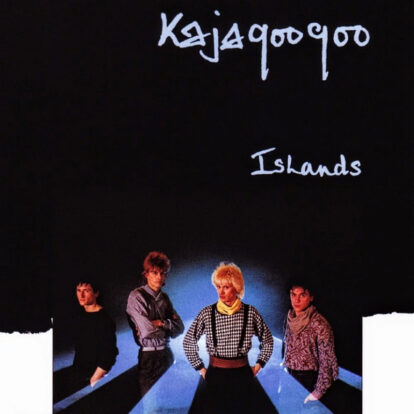
13 Kajagoogoo – Islands (1984)
By summer 1983 chart-toppers Kajagoogoo had enjoyed an incredible six months, with scenes redolent of Beatlemania. But inner tensions were rife, culminating in the firing of singer Limahl, who had been brought in to add commercial gravitas. Reverting to their factory setting, with bassist Nick Beggs on vocals, Big Apple gave them a hit, but by the time of the Islands LP, they were spending more time in Toni & Guy than the charts, and their efforts would soon be eclipsed by a certain Limahl team-up with Giorgio Moroder.
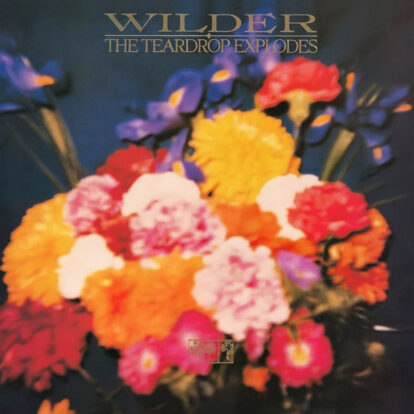
12 The Teardrop Explodes – Wilder (1981)
One of the most dysfunctional acts to emerge during the post-punk era, The Teardrop Explodes began to implode whilst on the precipice of commercial success. By the second LP, Julian Cope was increasingly paranoid and detached, thanks to his intake of hallucinogens. Its title emblematic of a more adventurous sound, Wilder didn’t lack ambition – and in The Great Dominions featured one of Cope’s finest songs – but after the Colours Fly Away single bombed, the LP soon floundered in the pre-Xmas rush.
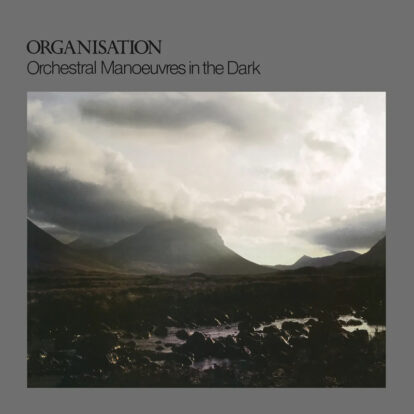
11 OMD – Organisation (1980)
Hastily assembled at the behest of their paymasters, OMD’s second album arrived just eight months after their garage pop debut, and found Messrs Humphreys and McCluskey in sombre mood, with the funereal Statues evidence of their profound sadness in the wake of Ian Curtis’ death. Patched up with a quirky take on The More I See You and a new version of pre-OMD recording The Misunderstanding, it has since been lauded as a gothic masterpiece, the only outlier being worldwide hit Enola Gay.
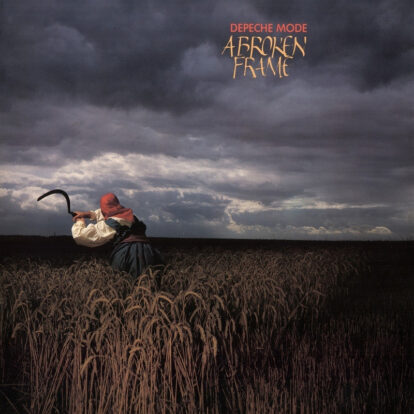
10 Depeche Mode – A Broken Frame (1982)
With two hit singles and an acclaimed album under their belts, a promising career beckoned for Basildon’s finest; that was until the surprise departure of Vince Clarke. Losing a chief songwriter would finish off most groups, but in Martin Gore they had a super sub, and See You soon became their biggest hit to date. More complex and ambitious than its predecessor, with experimental cuts such as Monument signposting their future, A Broken Frame was the sound of a band finding its feet. It wasn’t dark yet, but it was getting there.

09 Yazoo – You And Me Both (1983)
Vince Clarke never envisioned Yazoo as a long-term project, and had to be talked into making a second album with Alison Moyet, by which time the pair’s working relationship had broken down (the album title was a knowing reference to their estrangement). Nobody’s Diary continued their run of hits, but a disinterested Vince – who’d already moved on to The Assembly – left Alf with much of the promotional work. Luckily there was a happy postscript, with a string of triumphant live dates in 2008.
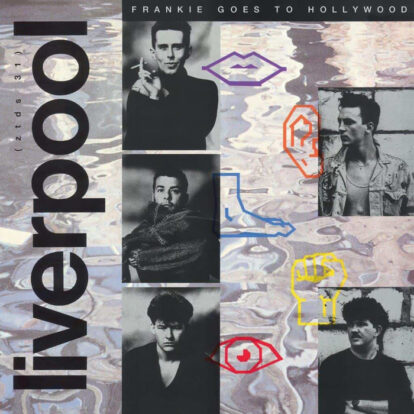
08 Frankie Goes To Hollywood – Liverpool (1986)
With three chart-toppers to their name, the world was Frankie’s oyster, but when the abridged title track of their ambitious debut LP ‘only’ reached No.2, it seemed the only way was down. Largely free of the bombast and pretension of its predecessor, Liverpool was a more streamlined affair, and in its harder-edged sound there was a steely resolve to create something without the studio trickery of yore. But 18 months is a long time in pop and, post-Live Aid, their audience had seemingly moved on.
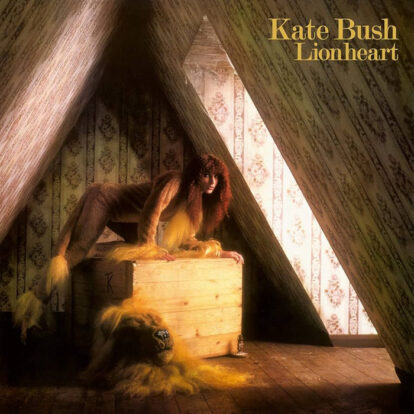
07 Kate Bush – Lionheart (1978)
Issued just nine months after Kate Bush’s debut album The Kick Inside, follow-up Lionheart was the result of pressure from EMI’s top brass, keen to capitalise on her success. Hastily recorded in the idyllic French Riviera, the LP spawned a memorable hit in Wow, but the reception from the press and Bush herself was muted. “Even though they were my songs and I was singing them, the finished product was not what I wanted,” she told Keyboard mag. She wouldn’t be rushed again and would take the production reins on subsequent LPs.
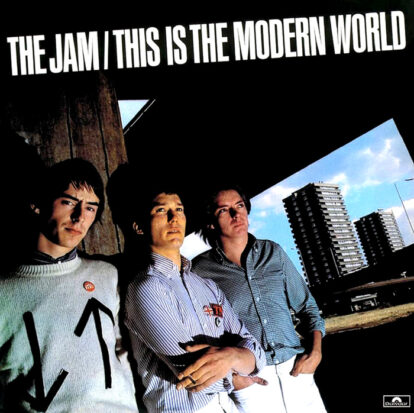
06 The Jam – This Is The Modern World (1977)
With The Jam spending over a third of the year on the road, a dip in quality on their second record – released less than six months after their first – was to be expected. The patched-up effort, that included two Bruce Foxton originals and a cover of In The Midnight Hour, spent just five weeks in the charts, their least successful LP. A tepid press reception also awaited them, not that a thick-skinned Paul Weller cared. “I don’t give two fucks about your review,” he spat on feisty lead track The Modern World.
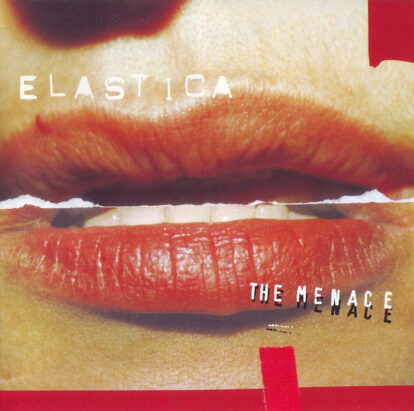
05 Elastica – The Menace (2000)
Full of punchy pop songs and riffs that were ostensibly gleaned from their parents’ post-punk record collections, Elastica’s chart-topping debut album was a breath of fresh air in the frenzied cauldron of Britpop, but success would take its toll. Following lineup changes, an EP of works-in-progress arrived in 1999, but by the time the main course was served, appetites had severely dwindled. While praised for its wide-ranging palette, this lacked hooks and flopped. “Make a cup of tea, put a record on…” but maybe not this one.
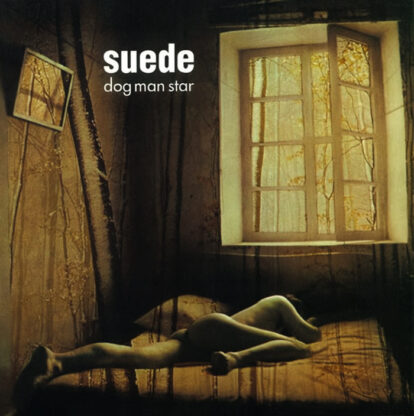
04 Suede – Dog Man Star (1994)
Suede’s magnum opus was created in a haze of drug-fuelled paranoia, and guitarist Bernard Butler – who was guilty of some rather hurtful sniping in the music press – left the band following a series of tense studio altercations. His erstwhile bandmates managed to complete the LP, but replacing their talismanic guitarist – something The Smiths had notably failed to do – wasn’t quite as easy. Fortunately, they struck gold with 17-year old Richard Oakes, who hit the ground running, heralding an exciting new era for the band.
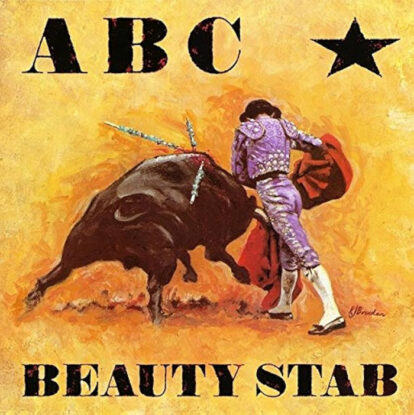
03 ABC – Beauty Stab (1983)
A clear case of career sabotage, Beauty Stab arrived within 18 months of sumptuous debut album The Lexicon Of Love, and found ABC swapping their lush strings for gritty guitars. “Why make the past your sacred cow?” sang a defiant Martin Fry on opener That Was Then But This Is Now. He not only mothballed his signature gold lamé suit but also the themes of romance and heartache, shifting lyrical focus to his perceptions of modern Britain, through the lens of post-industrial Sheffield. With two minor hits, the LP sank under the weight of expectation.
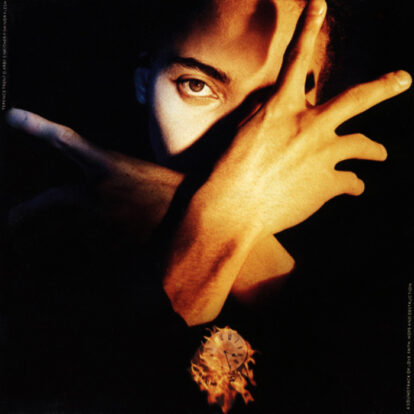
02 Sananda Maitreya – Neither Fish Nor Flesh (1989)
The artist formerly known as Terence Trent D’Arby certainly wasn’t short on hubris, claiming his debut album was the most important release since Sgt Pepper, but the Martyn Ware-produced opus packed a commercial punch, attaining multi-platinum status and spawning four major hits. By contrast, the follow-up was a disaster that spent just three weeks in the UK Top 40, its singles equally fruitless. While accusations of self-indulgence were partially warranted, it has since been heralded as a work of misunderstood genius.
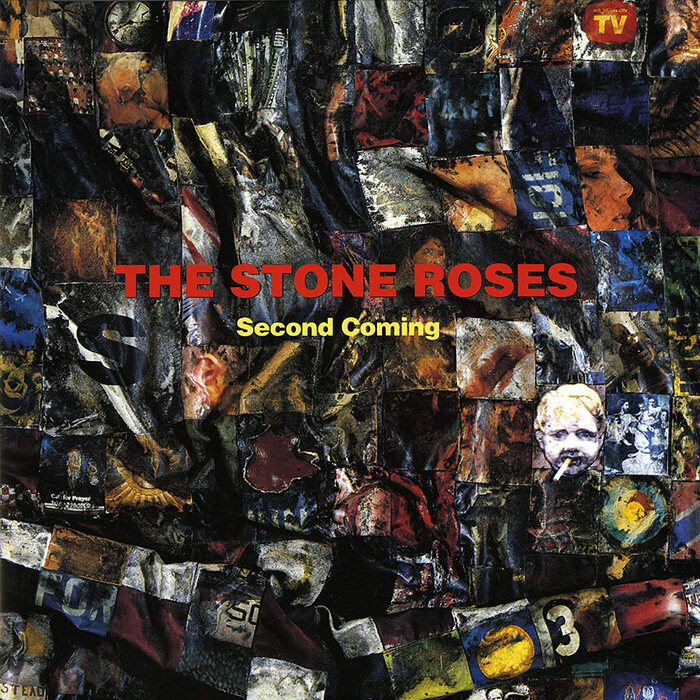
01 The Stone Roses – Second Coming (1994)
By the time of its release, The Stone Roses’ follow-up to their esteemed debut had attained near-mythological status, the band having skilfully evaded the attentions of vulturous journalists. Second Coming endured a troubled gestation, of course, with the band waylaid by litigation, and it took a few years to find their groove. But after the exit of impatient producer John Leckie, they made decent progress, knocking the new songs into shape via endless studio jams. When they eventually returned, the landscape had altered significantly in the wake of grunge and Britpop.
The band had changed, too, having eschewed the 60s influences in favour of a heavier sound. The critical response was mixed, but in many ways the LP eclipsed its predecessor, both in terms of musicianship and variety of material. Comeback single Love Spreads and the 12-bar boogie of Driving South were redolent of Led Zeppelin’s riffery, but the campfire strum of Tightrope and the folky Your Star Will Shine offered respite from John Squire’s manic fretwork, while both Daybreak and Straight To The Man hinted at a groove-based path they might have followed. And there was a genuine classic in Ten Storey Love Song, the chart-topper that never was. It would all end in ear-torturing fashion at the 1996 Reading Festival – Squire later told The Guardian he’d rather remove his liver with a teaspoon than reform the band. Ouch.
Subscribe to Classic Pop magazine here
Classic Pop may earn commission from the links on this page, but we only feature products we think you will enjoy.

